One of the most celebrated smartphone manufacturers in the Indian telecom market’s history, Micromax, has announced its plans to make a comeback with a new range of “In” (India) series smartphones.
Micromax said that it has been preparing extensively for the new range launch, focusing on the budget and mid-range section. However, a first glance at the announcement has made it clear that India’s homegrown smartphone maker hasn’t learned anything from its slip-ups in the past.
In a two-minute emotional advertising promo unveiled on Twitter recently, Micromax’s co-founder Rahul Sharma exhibits emotions full of bizarre and formula-based clichés, largely revolved around Micromax’s humble beginnings and anti-China sentiments. Sharma further attempts to cash in the sentiments stirred by increasing sanctions of China-based companies and the Indian government’s ‘Self-reliant-India’ campaign. The announcement seems to be woven with typecasts to connect with the aspiring and young middle class.
The most disappointing aspect was that the company did not share any new corporate vision or active strategy that would help Micromax smartphones deliver the punch in a new incarnation.
“I wasn’t conquered then, but I was rather satisfied with everything that I had accomplished. But what happened at the border (India-China) wasn’t right. And when our Prime Minister gave the clarion call for an Atmanirbhar Bharat (Self-reliant India), we gave much thought to it. Hence, Micromax India is coming back with a new smartphone called ‘In,’ said Micromax co-founder Rahul Sharma in a Twitter video.
Several media outlets have reported that the Micromax plans for a comeback by beefing up its manufacturing capability and planning to invest around Rs. 500 crores for expansion, which is not a very substantial amount given the Indian market dynamics.
Why Micromax failed its winning ground?
Incorporated in the year 2000, Micromax started selling mobile phones in 2008. Since its inception, the company has focused on affordably delivering feature-rich phones to Indian buyers.
In its first run, Micromax created a strong impact because Indian mobile consumers were relatively new to mobile phones’ high-end features. Most of the global players were selling smartphones at an exorbitant price for the Indian middle class. By outsourcing the entire production process to China, Micromax had managed to launch several exciting devices at a price-point that was unheard of in India.
Looking back in history, Micromax’s marketing strategy and an extensive focus on budget buyers helped it become one of India’s most significant domestic handset companies by 2010. Its feature phones and Canvas series had become a household name during that era.
In 2014, Micromax even outclassed global smartphone leader Samsung in India’s total smartphone shipments, becoming one of the world’s top 10 smartphone vendors.
Micromax also roped in leading Hollywood celebrity Hugh Jackman as its brand ambassador, becoming the first Indian smartphone company to get an international celebrity on-board for domestic brand promotions.
In the later years of this decade, the company, however, started losing market share because of its inability to compete with China-based handset manufacturers such as Vivo, Xiaomi, and Oppo. Also, Samsung beefed up its device portfolio and started catering to the budget market with aggressive sub 10k smartphone launches.
Another factor that made a steep dent in Micromax’s share was its poor distribution and service center network. It did not pay enough attention to develop its channel partners and distributors across the country. Micromax’s brand value suffered a massive blow as many of its devices were labeled as substandard by consumers, with limited after-sales support.
Many of Micromax loyal consumers started complaining about the marathon time company’s service centers would take to repair smartphones and the absence of replacement parts of Micromax devices.
The final nail in the coffin was the launch of 4G technology in India. Micromax failed to predict the transition and could not launch 4G based smartphones range promptly.
Slowly, the brand that showed much potential and once flaunted as India’s answer to global biggies such as Nokia and Samsung faded away from smartphone buyers’ memory.
Micromax comeback, a difficult road ahead
Despite growing sentiments against China-based products and services, it won’t be an easy task for Micromax to make a comeback with its launch of new “In” (India) series smartphones. Micromax needs to realize that the times have changed, and it can not survive or make any progress by solely focusing on old marketing gimmicks.
Today, the company has less than 1 percent market share in the Indian smartphone market and way behind the established players such as Samsung. Global players such as Blackberry, Apple, and Nokia are also firming up their plans for expansion in India. (See: Will Apple bite India’s manufacturing bait?)
In such a scenario, Micromax needs to make substantial efforts to improve its brand image and invest aggressively to strengthen its offline network.
Given the experience, Micromax can still give a tough fight in the lower end smartphone segment. However, to compete in the mid to higher range market, Micromax should be ready for deep-dive boardroom discussions and significant investments. It cannot stay afloat in the world’s most competitive telecom market by just making a patriotic marketing appeal. The company had also launched thirteen smartphones in 2019, most of which miserably failed and could not endure the competition.
With 5G technology launch at the threshold, Micromax would need to focus extensively on improving its research and development efforts and bring budget-friendly 5G devices into the Indian telecom ecosystem. It can also look at partnership models with Jio or other carriers to launch affordable mobile devices for the first time smartphone users.
The yesteryear’s most beloved smartphone brand will need a massive overhaul and performance packed strategy to prove its mettle and recreate the magic. At this moment, it lacks the necessary ammunition in the arsenal to beat the odds.



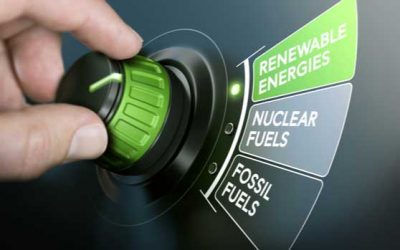
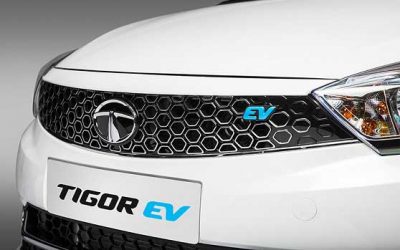
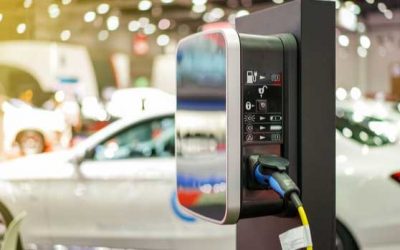
 In a major decision to give a boost to electric vehicles in country, the government has approved amendments in Electric Vehicle Charging Guidelines and Specifications. These Revised Guidelines and Specifications for charging infrastructure shall supersede the earlier guidelines and standards issued by the Ministry of Power on 14 Dec 2018.
In a major decision to give a boost to electric vehicles in country, the government has approved amendments in Electric Vehicle Charging Guidelines and Specifications. These Revised Guidelines and Specifications for charging infrastructure shall supersede the earlier guidelines and standards issued by the Ministry of Power on 14 Dec 2018.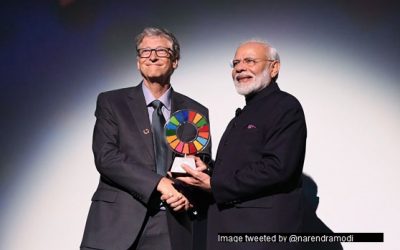
 Prime Minister Narendra Modi received the ‘Global Goalkeeper’ Award by Bill and Melinda Gates Foundation for Swachh Bharat Abhiyan, on 24 September 2019. The award ceremony took place on the sidelines of the United Nations General Assembly (UNGA) session in New York.
Prime Minister Narendra Modi received the ‘Global Goalkeeper’ Award by Bill and Melinda Gates Foundation for Swachh Bharat Abhiyan, on 24 September 2019. The award ceremony took place on the sidelines of the United Nations General Assembly (UNGA) session in New York.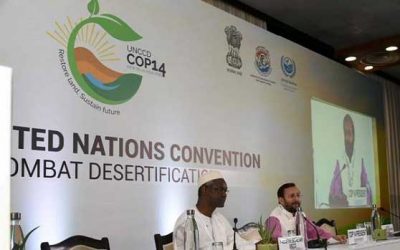
 COP14 witnessed 11 high-level, 30 committee and over 170 stakeholder meetings, 145 side-events, and 44 exhibitions.
COP14 witnessed 11 high-level, 30 committee and over 170 stakeholder meetings, 145 side-events, and 44 exhibitions.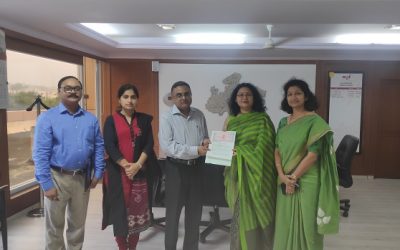
0 Comments